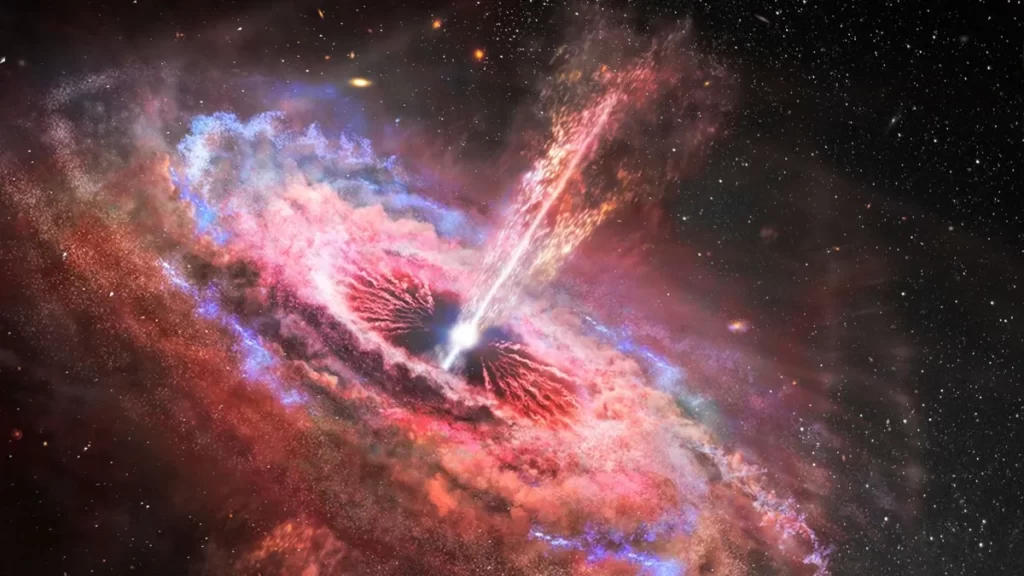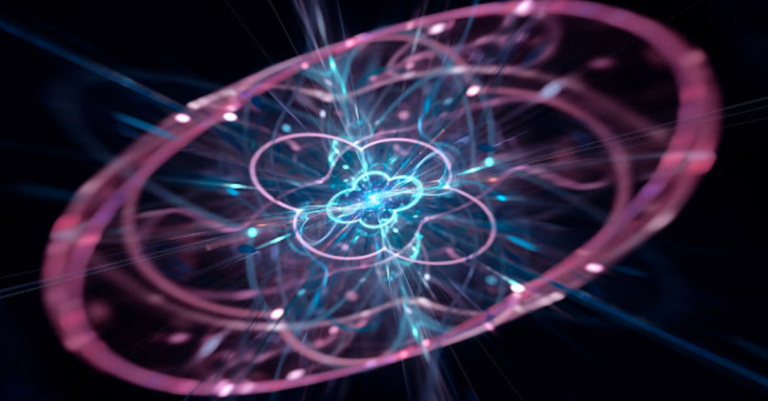Physicists claim that we are close to uncovering the fifth dimension, which would revolutionize our comprehension of physics.
Scientists are often questioned about whether they repeatedly conduct the same experiments in the laboratory or explore new ones. While many scientists engage in the latter, it is also crucial to repeat experiments and verify that our current knowledge remains accurate in light of recent findings. Scientific advancement relies on both practices.
The National Institute of Standards and Technology (NIST) conducted fresh experiments exploring the characteristics and configuration of silicon, a widely researched material. According to a news release, the findings identified the potential location of the elusive “fifth force,” which could provide valuable insights into the workings of nature. Essentially, our comprehension of the world necessitates three dimensions of space – north-south, east-west, and up-down – and one dimension of time – past-future. However, Einstein’s gravity theory suggests that mass alters the magnitude of space-time.
According to the BBC’s Science Focus, Oskar Klein and Theodor Kaluza suggested the five-dimensional theory in the 1920s as a means of explaining the fundamental forces of nature, including gravity and the sole recognized electromagnetic force.

The advancement of Klein and Kaluza’s five-dimensional hypothesis was driven by the discovery of strong and weak nuclear forces. It was eventually incorporated with electromagnetic forces to form the Standard Model, which accounts for most of the natural phenomena, although not all of them. In trying to understand why gravity is so weak, physicists are exploring String Theory, which could bring the concept of a vast fifth dimension back into focus. It could also provide an explanation for the existence of dark matter.
Scientists at NIST used neutron bombardment to investigate the crystalline structure of silicon, examining the angles, intensities, and intensity of the particles to make determinations about the structure. Neutrons create standing waves between and on top of the rows or sheets of atoms as they move through the crystalline structure. These standing waves generate pendellosung oscillations when they meet, which provide information about the forces that neutrons in the structure encounter.

Particles carrying forces have varying ranges depending on their mass. Massless particles like photons have infinite range, while massive particles have limited ranges that reduce their strength. Recent studies indicate that the potential fifth force has a limited range between 0.02 and 10 nanometers, providing scientists with a range to explore the fifth dimension where this force operates.
Further research in this field might result in the detection of the fifth dimension, necessitating physics teachers to explain an abstract concept to their students for the first time.
Do not forget to share your opinion with us to provide you with the best posts !




0 Comments